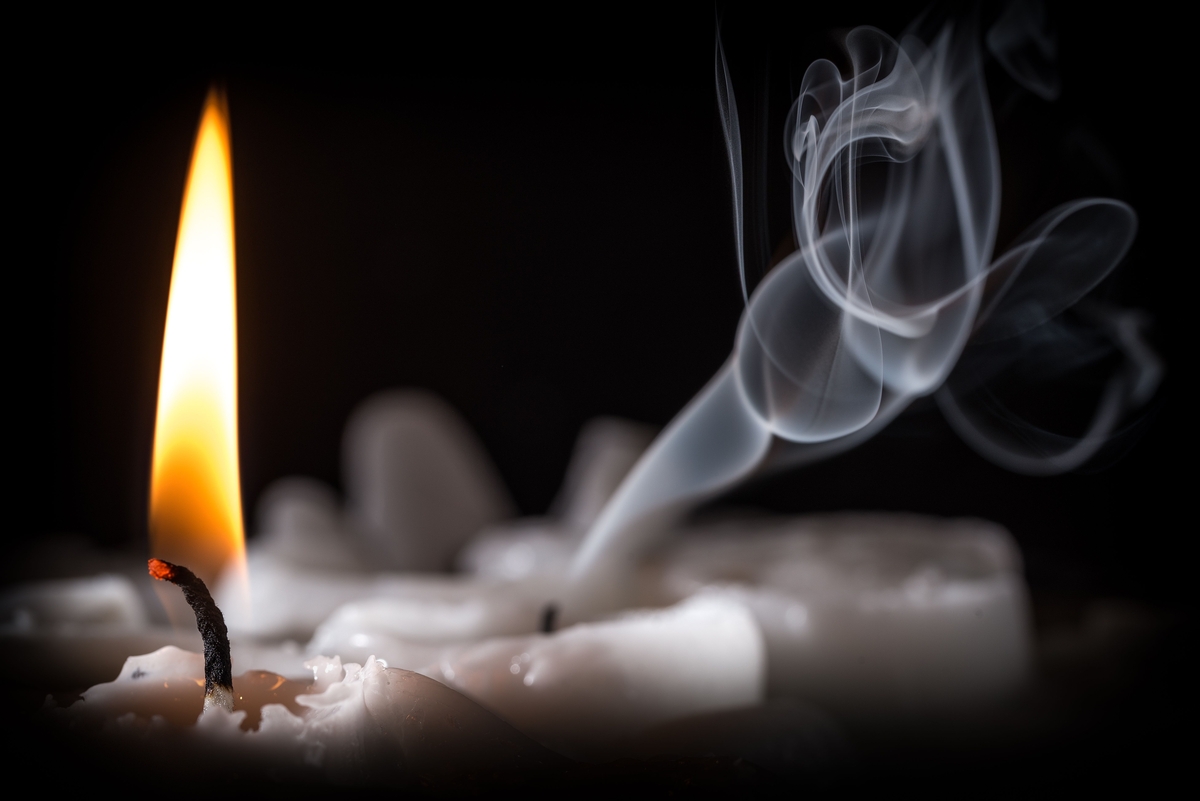

Articles
Why Do Some Candles Burn Black Smoke
Modified: August 28, 2024
Discover the reasons behind candles producing black smoke in this informative article. Uncover how certain factors contribute to this common issue and learn how to prevent it from happening.
(Many of the links in this article redirect to a specific reviewed product. Your purchase of these products through affiliate links helps to generate commission for Storables.com, at no extra cost. Learn more)
Introduction
When you light a candle, you expect to see a flickering flame that gently illuminates the room and releases a comforting aroma. However, there are times when instead of a clean burn, you notice the presence of black smoke. This phenomenon can not only impact the aesthetic appeal of your candles but it can also raise concerns about air quality and potential health risks.
To understand why some candles burn black smoke, it is essential to delve into the science behind candle combustion. The process of burning a candle involves the vaporization and combustion of the wax, which releases energy in the form of heat, light, and byproducts. The quality of the wax, the type and condition of the wick, the presence of impurities, and environmental factors can all contribute to the formation of black smoke. In this article, we will explore these factors and discuss how to minimize black smoke when burning candles.
Key Takeaways:
- Choosing high-quality, pure wax candles and maintaining proper wick care can minimize black smoke, creating a cleaner and more enjoyable burning experience while reducing potential health risks.
- Environmental factors, such as ventilation and humidity, play a crucial role in candle combustion. By controlling these factors and being mindful of health implications, you can create a cozy and healthier atmosphere with minimal black smoke.
Read more: Why Do My Candles Burn So Fast
Understanding Candle Smoke
Candle smoke is the visible result of incomplete combustion. When a candle burns, the heat of the flame vaporizes the liquid wax, turning it into a gas. This gas reacts with oxygen in the air and undergoes combustion, producing carbon dioxide and water vapor. In ideal conditions, a candle would burn cleanly, without creating any visible smoke. However, when the combustion process is hindered, unburned particles of carbon and other substances are released into the air, creating the characteristic black smoke.
The color and amount of smoke produced can vary depending on various factors, including the type of wax used, the presence of additives or impurities in the wax, the design and condition of the wick, and even the environmental conditions. Understanding these factors is crucial in addressing the issue of black smoke and improving the overall burn quality of candles.
Factors Contributing to Black Smoke
Several factors can contribute to the production of black smoke when burning candles. It’s important to identify and address these factors to ensure a cleaner burn. Here are some common contributors:
- Low-Quality or Impure Wax: The quality of the wax used in candles plays a significant role in their burn quality. Low-quality wax or wax that contains impurities can result in incomplete combustion and the production of black smoke. Impurities in the wax can come from additives, dye, or poor manufacturing processes. Choosing candles made from high-quality, pure wax can minimize the risk of black smoke.
- Wick Issues: The wick acts as the channel through which the liquid wax is drawn upward to fuel the flame. If the wick is too thick or too thin, it can affect the proper flow of molten wax, leading to incomplete combustion and the formation of black smoke. Additionally, a poorly trimmed or misaligned wick can also cause smoking. Regularly trimming the wick to the correct length and ensuring it is centered in the candle can help prevent black smoke.
- Incomplete Combustion: If a candle’s flame is not hot enough, it can result in incomplete combustion of the wax, leading to the production of carbon-rich soot particles. Factors that can contribute to incomplete combustion include a weak flame, insufficient airflow around the candle, or drafts that disturb the flame. It is important to place candles in areas with adequate ventilation and minimize sources of air turbulence.
- Soot Formation: When a candle burns, the unburned carbon particles are released into the air in the form of soot. Soot can accumulate on surfaces and produce black smoke. Factors such as high candle soot yield, improper wick trimming, or excessive burning time can contribute to increased soot formation and subsequent black smoke. Regularly cleaning candle jars and trimming the wicks can help minimize soot production.
- Environmental Factors: Environmental factors such as high humidity or low oxygen levels can impact candle combustion. In humid conditions, the excess moisture in the air can interfere with the combustion process, leading to the production of black smoke. Similarly, in areas with poor ventilation or low oxygen supply, candles may not burn efficiently, resulting in increased smoke production. Creating a well-ventilated environment can help mitigate these issues.
Low-Quality or Impure Wax
The quality of the wax used in candles is a key factor in determining their burn quality. Low-quality or impure wax can contribute to the production of black smoke. Let’s take a closer look at this factor:
Low-quality wax often contains impurities that can interfere with the combustion process. These impurities can come from additives, dye, or even the manufacturing process itself. When these substances are burned, they can release soot and other byproducts, resulting in the formation of black smoke.
Additionally, the type of wax used can also impact the burn quality. Paraffin wax, while commonly used in candles due to its affordability, can produce more soot compared to other types of wax. Soy, beeswax, and palm wax are considered cleaner-burning alternatives that can help reduce the risk of black smoke.
When purchasing candles, it is important to choose those made from high-quality and pure wax. Look for candles that use natural waxes without any additives. Be sure to read product labels and research the company’s manufacturing processes to ensure they prioritize quality and cleanliness.
If you enjoy making your own candles, be mindful of the wax you use. Invest in high-quality candle-making supplies and opt for pure, refined wax. Avoid using waxes with unknown origins or questionable purity, as they can significantly impact the burn quality and increase the chances of black smoke.
By selecting candles made from quality, pure wax, you can minimize the risk of black smoke and enjoy a cleaner, more enjoyable burning experience.
Wick Issues
The wick of a candle plays a crucial role in the combustion process and can significantly impact the amount of black smoke produced. Let’s explore some common wick issues:
One of the main wick-related issues that can contribute to black smoke is the size or thickness of the wick. If the wick is too thick, it may draw up excessive amounts of molten wax, leading to an oversized flame. This oversized flame can result in incomplete combustion and the production of black smoke. On the other hand, if the wick is too thin, it may struggle to draw up enough wax to sustain a proper flame, causing a weak and inefficient burn.
Proper wick trimming is essential for maintaining an optimal flame. A wick that is too long can lead to a high flame and an uneven burn. It may also create excess smoke and soot. To ensure a clean burn, trim the wick to about 1/4 inch before each use. Trimming the wick removes any built-up carbon deposits and promotes a more even and efficient burn, reducing the likelihood of black smoke.
In addition to the size and trimming of the wick, its alignment within the candle also matters. A wick that is off-center or leaning towards one side can cause an uneven burn. This uneven burn can create areas of high temperature, leading to increased soot and black smoke. Before lighting your candle, ensure that the wick is centered and standing upright to promote an even burn.
When selecting or making your own candles, consider opting for candles with quality wicks. Look for cotton or braided wicks, as they tend to burn cleaner and produce less soot compared to other materials. Avoid candles with wicks that contain a metal core, as they can produce more smoke and pollutants.
By addressing wick issues such as size, trimming, and alignment, you can promote a cleaner and more efficient burn, reducing the likelihood of black smoke and enhancing your overall candle-burning experience.
Read more: How Long Do Hanukkah Candles Burn
Incomplete Combustion
Incomplete combustion is another factor that can contribute to the production of black smoke when burning candles. Understanding the concept of incomplete combustion is crucial in addressing this issue:
During the combustion process, a candle’s flame converts liquid wax into heat, light, and byproducts such as carbon dioxide and water vapor. However, if the flame is not hot enough or other factors interfere with the combustion process, incomplete combustion can occur. This means that not all of the fuel (wax) is completely burned, leading to the release of carbon-rich soot particles and the formation of black smoke.
There are several factors that can contribute to incomplete combustion. One common factor is a weak flame. If the flame is not strong enough, it may not be able to fully vaporize the liquid wax or maintain a consistent and efficient burn. This can result in the release of unburned carbon particles, producing black smoke.
An insufficient airflow around the candle can also hinder combustion. Adequate oxygen supply is necessary for complete combustion to occur. If the candle is placed in an area with poor ventilation, or if there are obstructions that limit the airflow, the candle may not burn efficiently, leading to incomplete combustion and the production of black smoke.
Drafts can also disrupt the combustion process. If there are air currents or drafts present near the candle, they can disturb the flame, leading to an unsteady burn and incomplete combustion. It’s important to place candles away from open windows, fans, or areas with significant airflow to minimize the impact of drafts.
To promote complete combustion and reduce the risk of black smoke, consider placing your candles in well-ventilated areas. This allows for a steady supply of oxygen and helps maintain a consistent and efficient burn. Avoid placing candles in areas with drafts or excessive air movement. Additionally, make sure to trim the wick to the correct length and avoid burning candles for extended periods, as this can contribute to incomplete combustion and the production of black smoke.
By understanding and addressing the factors that contribute to incomplete combustion, you can enjoy a cleaner and more satisfactory burn, minimizing the presence of black smoke in your candles.
Ensure that the wick is trimmed to 1/4 inch before lighting the candle to prevent excessive smoke. Use high-quality, clean-burning candles to minimize black smoke.
Soot Formation
Soot formation is a common issue that contributes to the production of black smoke when burning candles. Understanding how soot is formed can help identify ways to reduce its presence:
Soot consists of tiny black particles that are created when carbon-containing materials, such as wax, undergo incomplete combustion. In the case of candles, soot is formed when the carbon-rich byproducts of the burning process are released into the air and condense into solid particles. These particles can accumulate on surfaces or become visible as black smoke.
Several factors can contribute to increased soot formation when burning candles. One of the primary factors is the presence of additives or impurities in the wax. If the wax contains dyes, fragrances, or other substances, they can contribute to the production of soot when burned. It is recommended to opt for candles made from pure and natural wax without any additives to minimize soot formation.
The length of the wick also plays a role in soot production. If the wick is too long, it can create a larger flame that generates more soot. Regularly trimming the wick to the appropriate length, usually around 1/4 inch, can help prevent excessive soot formation during burning.
The duration of candle burning can also impact soot formation. Burning a candle for an extended period can lead to the buildup of soot as the carbon particles accumulate. It is advisable to follow the manufacturer’s guidelines on recommended burn times and avoid burning candles for more extended periods than recommended.
Proper candle maintenance is another essential aspect when it comes to reducing soot formation. Regularly cleaning the candle jars can help eliminate any soot buildup on the container’s surfaces, preventing it from being released back into the air. Additionally, keeping the area around the candle clean and free from dust or debris can minimize the chances of particles contributing to soot production.
Choosing high-quality candles from reputable manufacturers can also help reduce the amount of soot produced. Look for candles that indicate low soot or clean-burning properties. These candles are often formulated with specific waxes, wicks, and manufacturing techniques that minimize soot formation.
By being mindful of the type of wax, regularly trimming the wick, following recommended burn times, and practicing proper candle maintenance, you can significantly reduce soot formation. This, in turn, will help minimize the presence of black smoke and enhance the overall burn quality of your candles.
Environmental Factors
Environmental factors can have a significant impact on the combustion of candles and contribute to the production of black smoke. Understanding these factors is crucial in creating an environment that promotes a cleaner burn. Let’s explore some key environmental factors:
Humidity plays a major role in candle combustion. High levels of humidity in the air can affect the burn quality and increase the likelihood of black smoke. The excess moisture in the air can interfere with the combustion process, making it more challenging for the candle to burn cleanly. To minimize the impact of humidity, it’s best to burn candles in well-ventilated areas, use dehumidifiers if necessary, and avoid placing candles in areas with high moisture, such as near open windows or bathrooms.
Proper airflow is essential for candle combustion. Inadequate ventilation or restricted airflow around the candle can impede the burn and lead to increased smoke production. It’s important to ensure there is enough airflow around the candle to support combustion and prevent the accumulation of smoke. Placing candles in well-ventilated areas, away from obstructions, can help create a conducive environment for a clean burn.
Another environmental factor to consider is the presence of drafts. Drafts can disrupt the flame and affect the burn quality of a candle. Air currents from open windows, fans, or air conditioning vents can cause the flame to flicker or burn unevenly, resulting in the formation of black smoke. Avoid placing candles in drafty areas or areas with significant air movement to maintain a steady and consistent burn.
Temperature can also influence candle combustion. Extreme temperatures, both hot and cold, can affect the burn quality and increase the likelihood of black smoke. High temperatures can cause the wax to melt too quickly, leading to a larger flame and potential soot formation. Cold temperatures can make it more difficult for the wax to vaporize and burn efficiently. Maintaining a moderate and consistent temperature when burning candles can help achieve a cleaner burn with minimal smoke.
By being mindful of these environmental factors, you can create a favorable burning environment for your candles. Ensure adequate ventilation, minimize exposure to drafts, control humidity levels, and maintain a moderate temperature. Taking these steps will help promote a cleaner and more enjoyable candle-burning experience, reducing the presence of black smoke.
Health Implications
While the presence of black smoke from burning candles may seem like a cosmetic issue, it is important to understand its potential health implications. Breathing in soot and other byproducts released from candles can have adverse effects on indoor air quality and respiratory health. Here are some health considerations to keep in mind:
Inhalation of soot particles produced by candles can irritate the respiratory system, particularly for individuals with asthma or allergies. The fine particles can enter the lungs and cause inflammation, leading to coughing, wheezing, and difficulty breathing. Prolonged exposure to soot can exacerbate existing respiratory conditions and potentially contribute to the development of respiratory illnesses.
Black smoke from candles can also release harmful compounds into the air. Some candles may contain additives or fragrances that, when burned, emit volatile organic compounds (VOCs) such as benzene and toluene. These VOCs can have both short-term and long-term health effects, including eye, nose, and throat irritation, headaches, dizziness, and even potential damage to the central nervous system.
Individuals with allergies or sensitivities may be particularly susceptible to the effects of black smoke and VOCs. These substances can trigger allergic reactions, asthma attacks, or worsen symptoms in those with pre-existing conditions.
To minimize the health risks associated with burning candles, it is important to follow these precautions:
- Choose candles made from high-quality, natural waxes without additives or synthetic fragrances.
- Opt for candles with low soot or clean-burning properties.
- Burn candles in well-ventilated areas to ensure a steady supply of fresh air.
- Avoid burning candles for extended periods of time or in small, confined spaces.
- Regularly trim the wick to the appropriate length and keep the candle free from debris.
Furthermore, considering alternative options such as beeswax or soy candles can be a healthier choice as they tend to produce less soot and fewer VOCs compared to paraffin candles.
It is also worth investing in air purifiers or using natural ventilation methods to improve indoor air quality during and after candle burning. These measures can help reduce the concentration of airborne particles and minimize potential health risks.
By being aware of the health implications and taking necessary precautions, you can enjoy the comforting ambiance of candles while minimizing the potential negative impacts on your respiratory health and overall well-being.
Read more: How Long Do Tea Light Candles Burn
Reducing Black Smoke from Candles
If you’ve experienced issues with black smoke from burning candles, there are several steps you can take to reduce its occurrence and enjoy a cleaner burn. Here are some effective ways to minimize black smoke:
- Choose High-Quality Candles: Opt for candles made from high-quality, pure wax without additives or impurities. Look for candles made from soy, beeswax, or palm wax, as these tend to burn cleaner compared to paraffin candles.
- Trim the Wick: Before lighting your candle, trim the wick to about 1/4 inch. A well-trimmed wick promotes a more even burn and helps prevent excessive smoke production. Regularly trim the wick throughout the burning process to remove any carbon buildup.
- Position the Candle Properly: Ensure that the candle is placed on a stable surface and is not exposed to drafts or air currents. Avoid placing candles near open windows, fans, or air conditioning vents that can disrupt the flame and lead to increased smoke production.
- Check the Burn Time: Avoid burning candles for an extended period. Excessive burning can lead to the accumulation of soot and increased smoke production. Follow the manufacturer’s recommended burn time and extinguish the candle when it reaches the recommended limit.
- Maintain a Clean Candle: Keep the candle and its surrounding area clean. Remove any debris or dust that can contribute to smoke production. Regularly clean the candle container to remove any soot buildup and prevent it from being released back into the air during subsequent burns.
- Provide Adequate Ventilation: Ensure that there is sufficient airflow around the candle. Proper ventilation helps maintain a steady supply of oxygen and promotes a cleaner burn. Burn candles in well-ventilated rooms or consider opening windows or using fans to improve air circulation.
- Consider Alternative Options: If black smoke continues to be an issue, consider trying alternative candle options. Beeswax and soy candles are known for their cleaner burn and minimal soot production. Experiment with different candle types and brands to find the ones that suit your preferences.
By implementing these strategies, you can significantly reduce black smoke from burning candles. Not only will you create a cleaner and more pleasant environment, but you’ll also minimize potential health risks associated with soot and other byproducts. Enjoy the cozy ambiance of candles while ensuring a cleaner burn.
Conclusion
Burning candles can create a warm and inviting atmosphere, but dealing with black smoke can be frustrating. Understanding the factors that contribute to black smoke is the first step in addressing this issue and achieving a cleaner burn. From the quality of the wax and the condition of the wick to environmental factors and health implications, there are several considerations to keep in mind.
Low-quality or impure wax can lead to incomplete combustion and the production of black smoke. Opting for candles made from high-quality, pure wax can help minimize the risk of black smoke. Wick issues, such as size, trimming, and alignment, can also impact burn quality. Regularly trimming the wick and ensuring it is properly centered can promote a cleaner burn.
Incomplete combustion and soot formation can contribute to the presence of black smoke. Factors such as weak flames, insufficient airflow, and drafts can hinder complete combustion, leading to increased soot production. By addressing these factors through proper ventilation, avoiding drafts, and maintaining a moderate temperature, you can enhance the burn quality, minimize soot formation, and reduce black smoke.
Environmental factors, such as humidity and airflow, can also impact candle combustion. Controlling these factors by placing candles in well-ventilated areas and minimizing exposure to drafts can create a more favorable burning environment. Additionally, it is important to be aware of the potential health implications of black smoke and take necessary precautions to minimize risks, such as choosing clean-burning candles and maintaining proper ventilation.
By following these guidelines and implementing strategies to reduce black smoke, you can enhance your candle-burning experience. Enjoy the cozy ambiance, soothing scents, and flickering glow of candles while achieving a cleaner, healthier burn. With a little attention to detail and a focus on quality and proper candle care, you can create a charming and inviting atmosphere without the pesky presence of black smoke.
Frequently Asked Questions about Why Do Some Candles Burn Black Smoke
Was this page helpful?
At Storables.com, we guarantee accurate and reliable information. Our content, validated by Expert Board Contributors, is crafted following stringent Editorial Policies. We're committed to providing you with well-researched, expert-backed insights for all your informational needs.
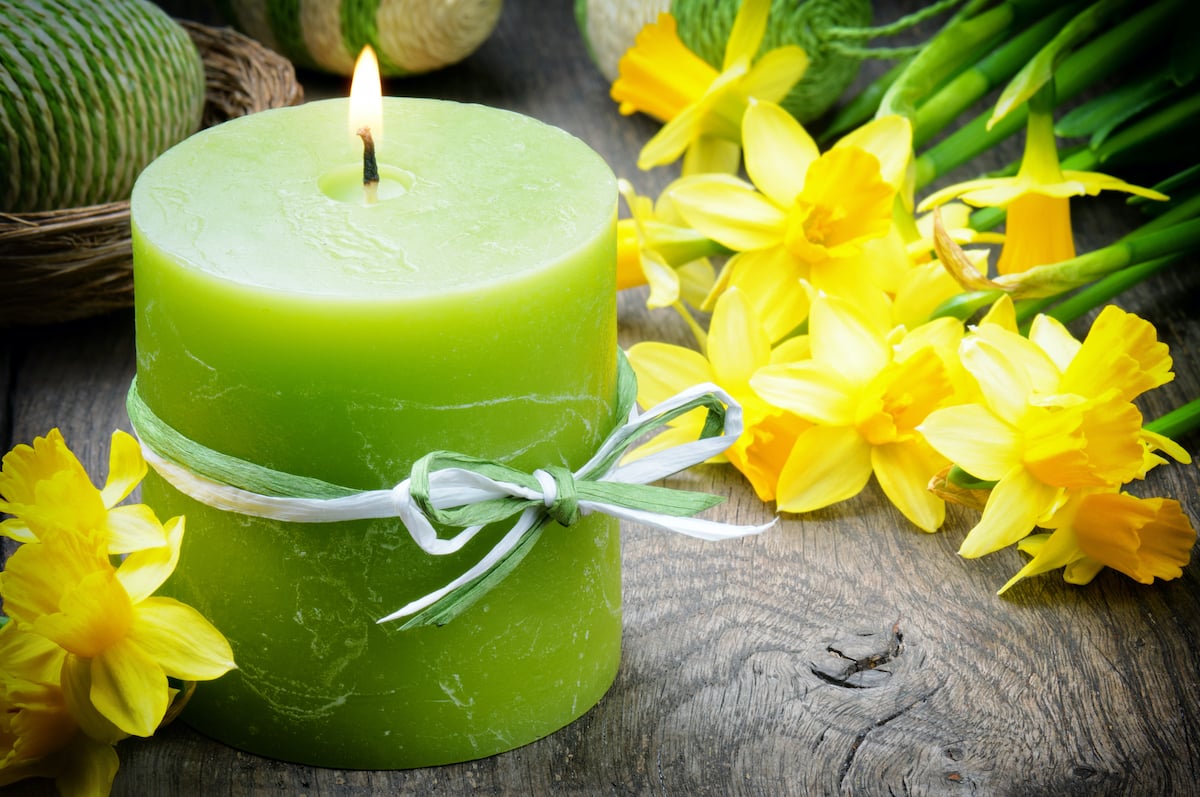
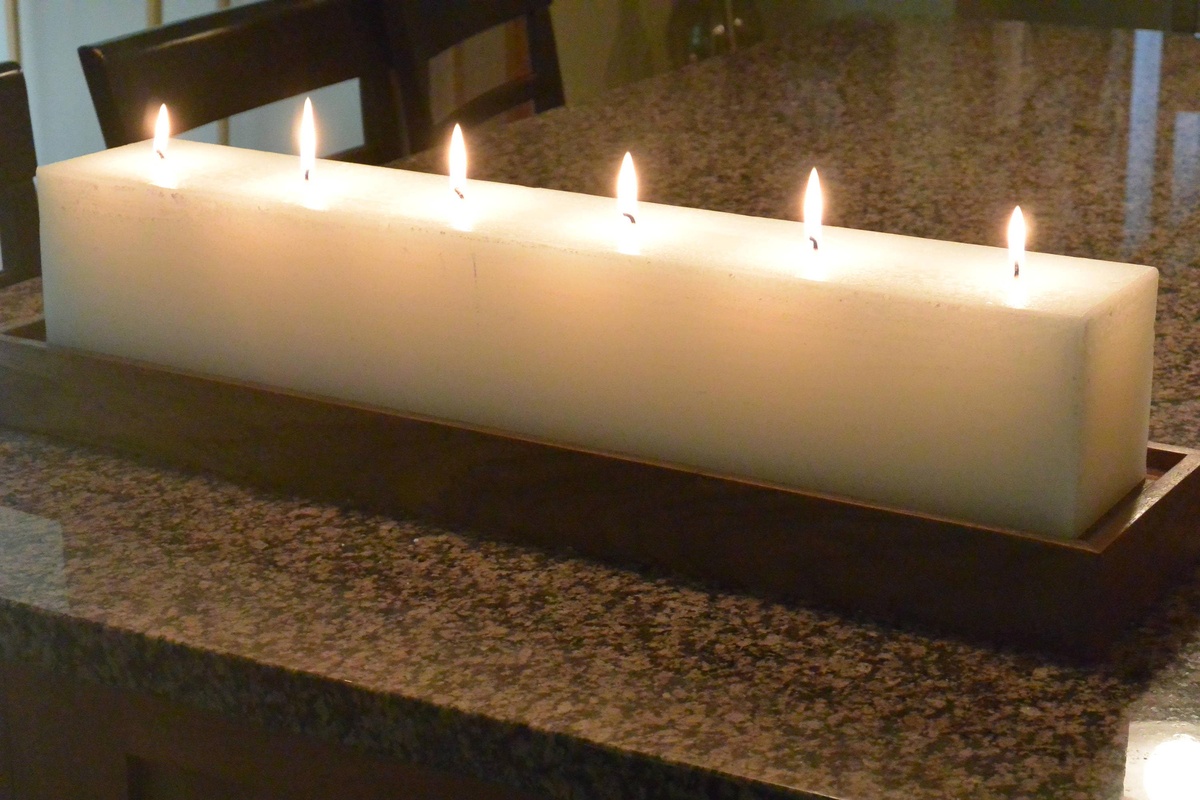
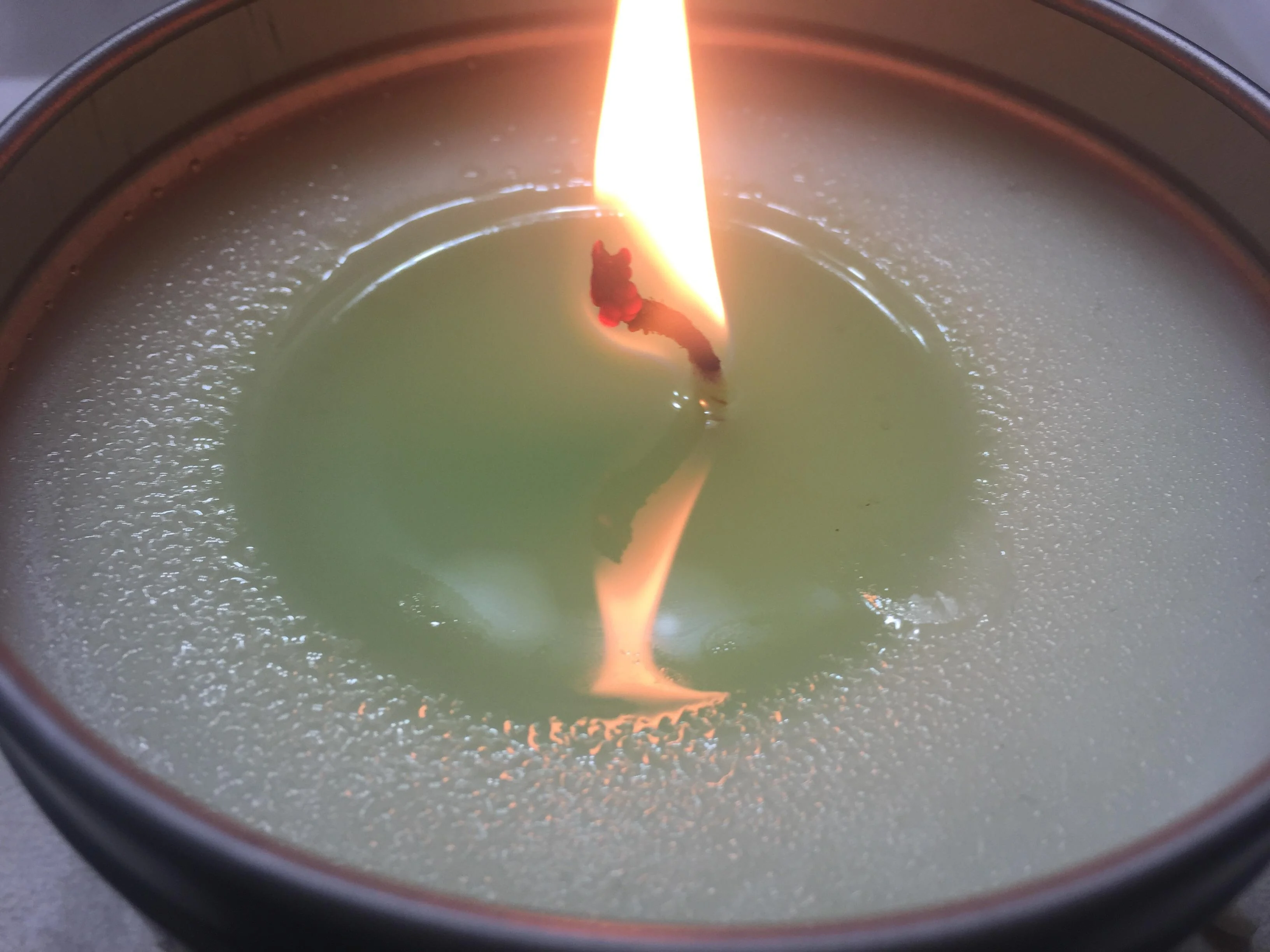

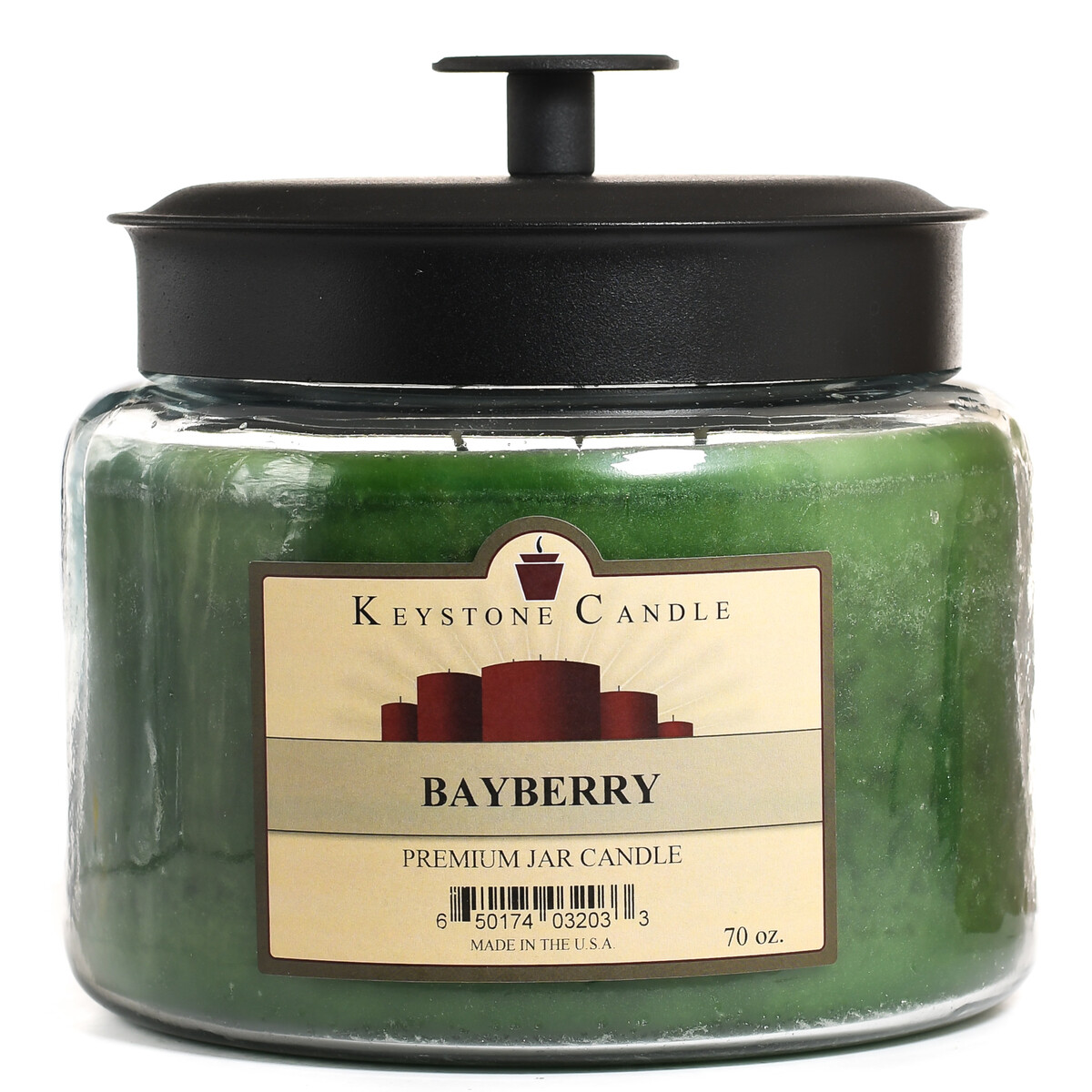
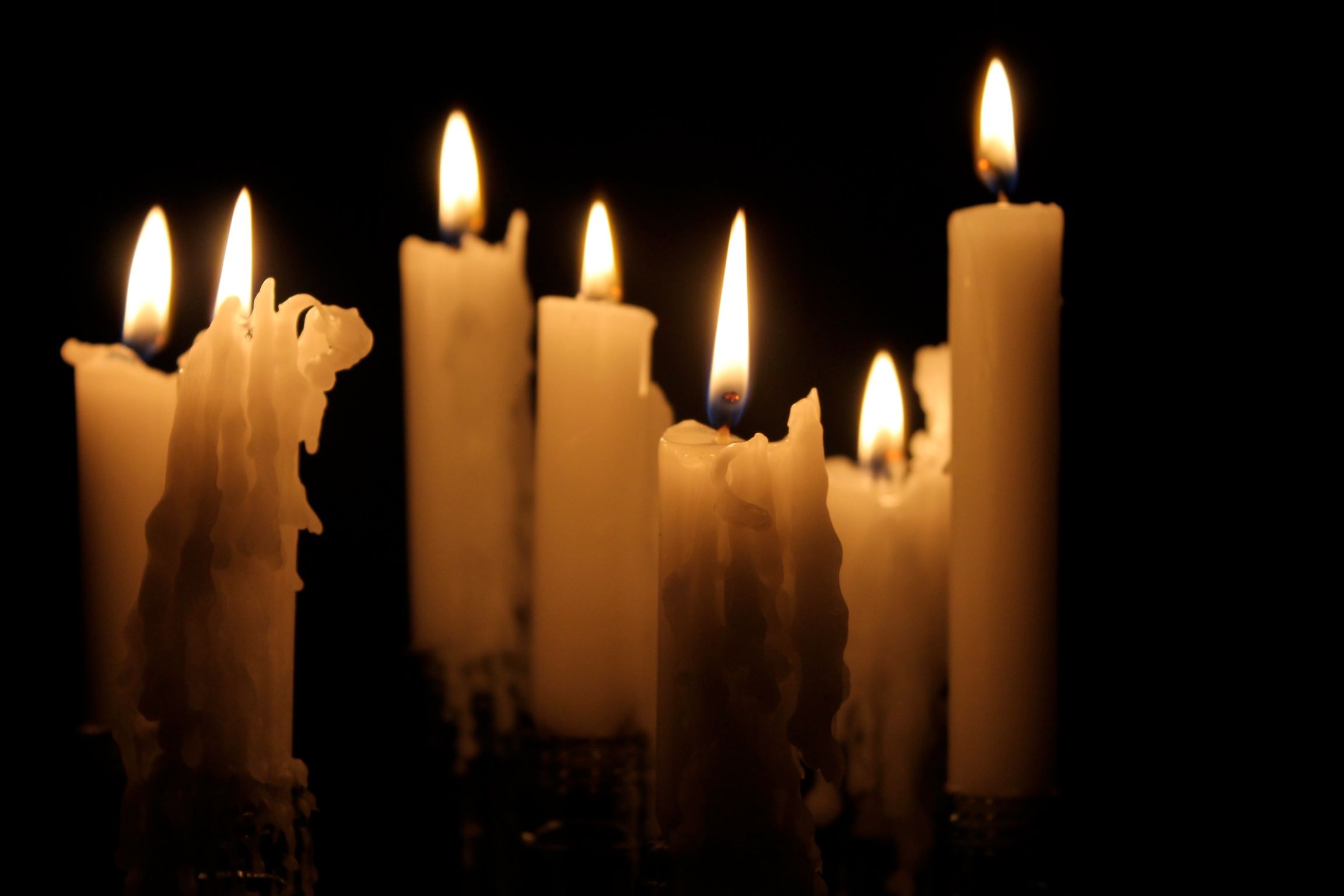
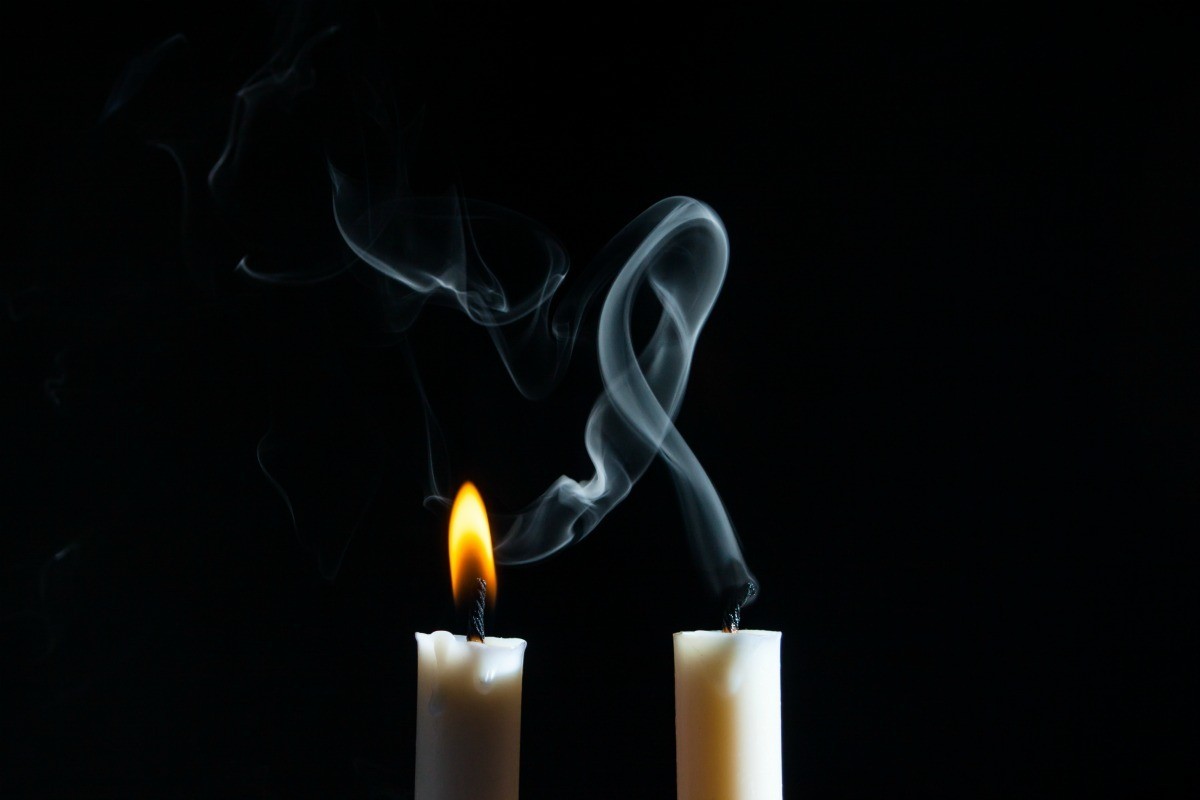


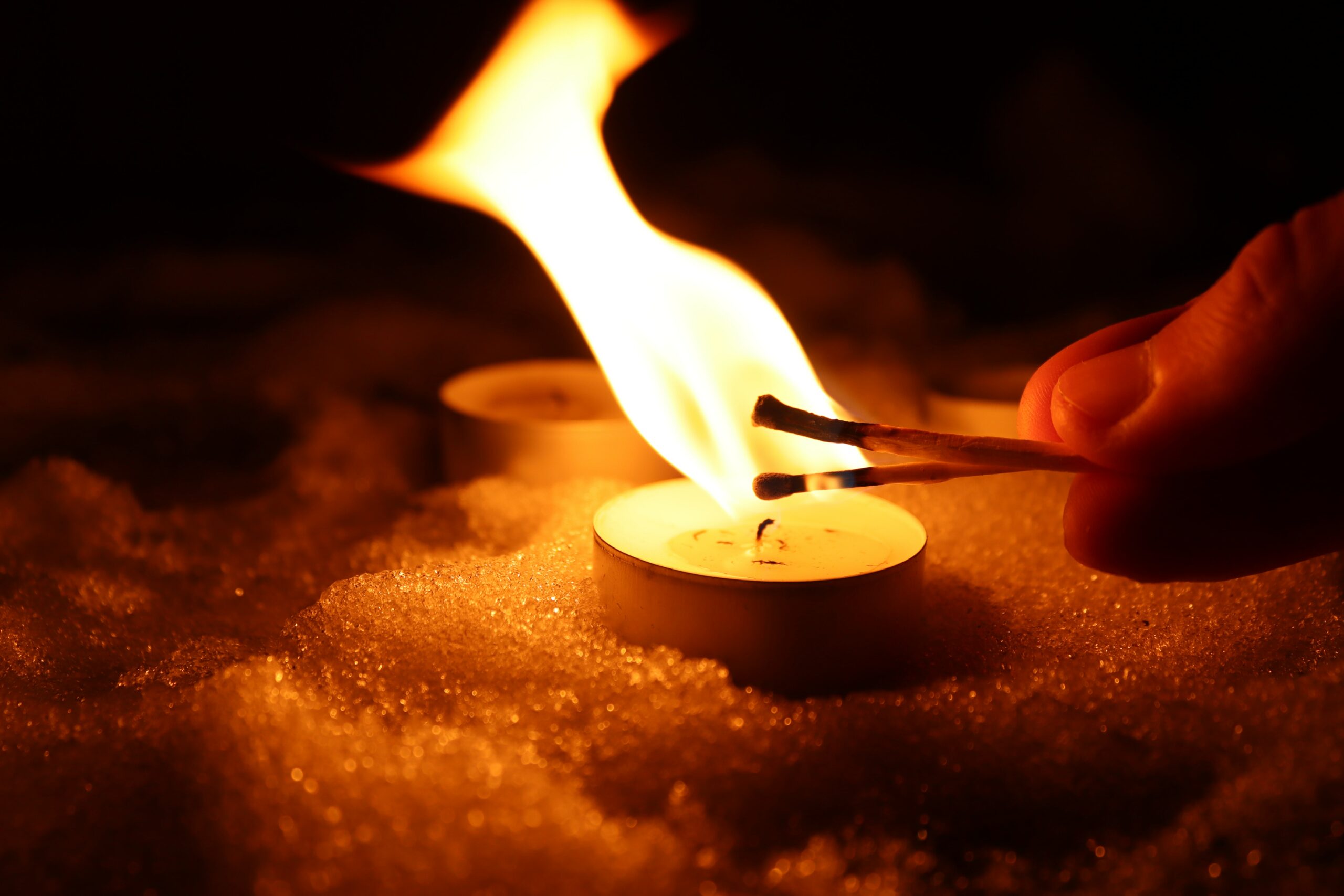
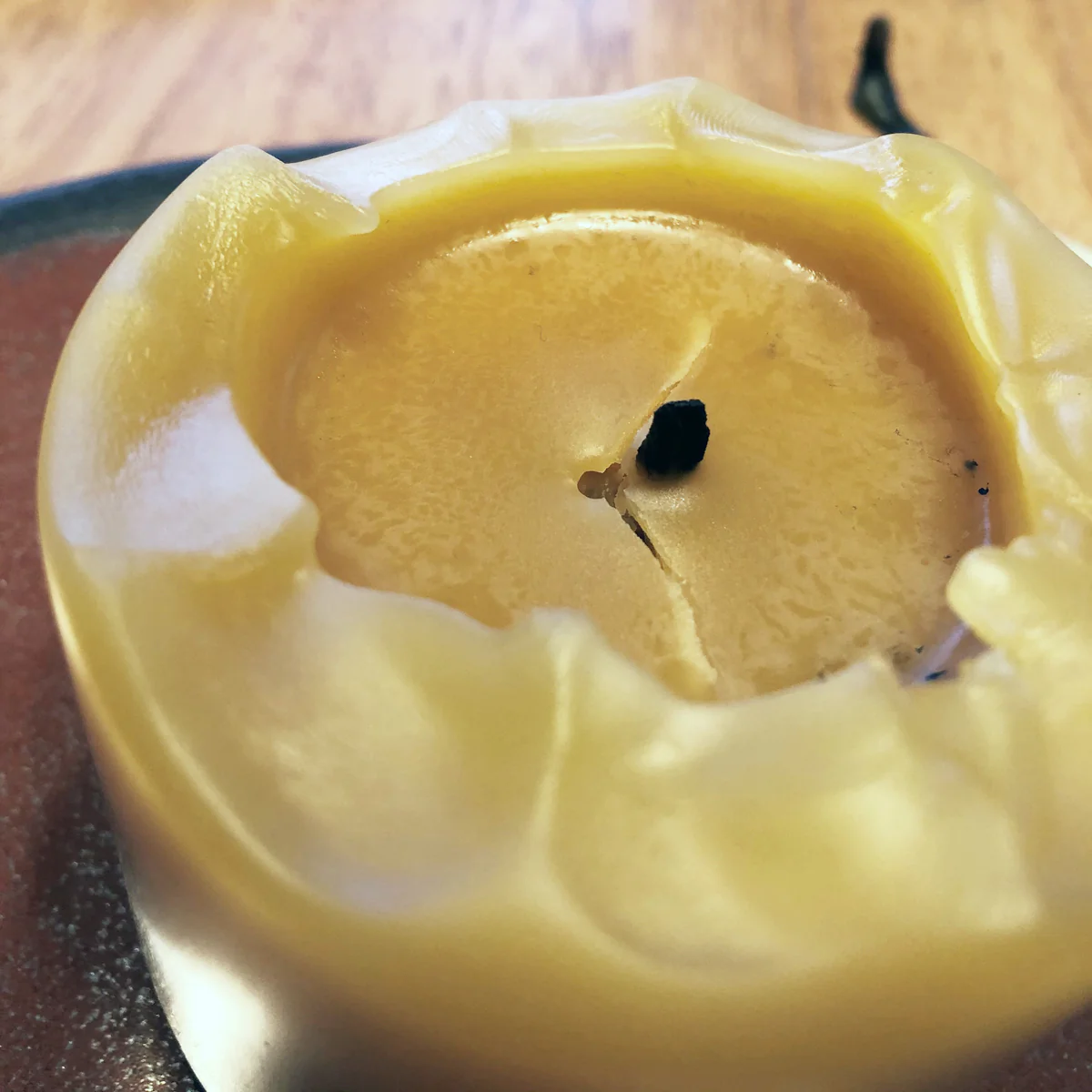

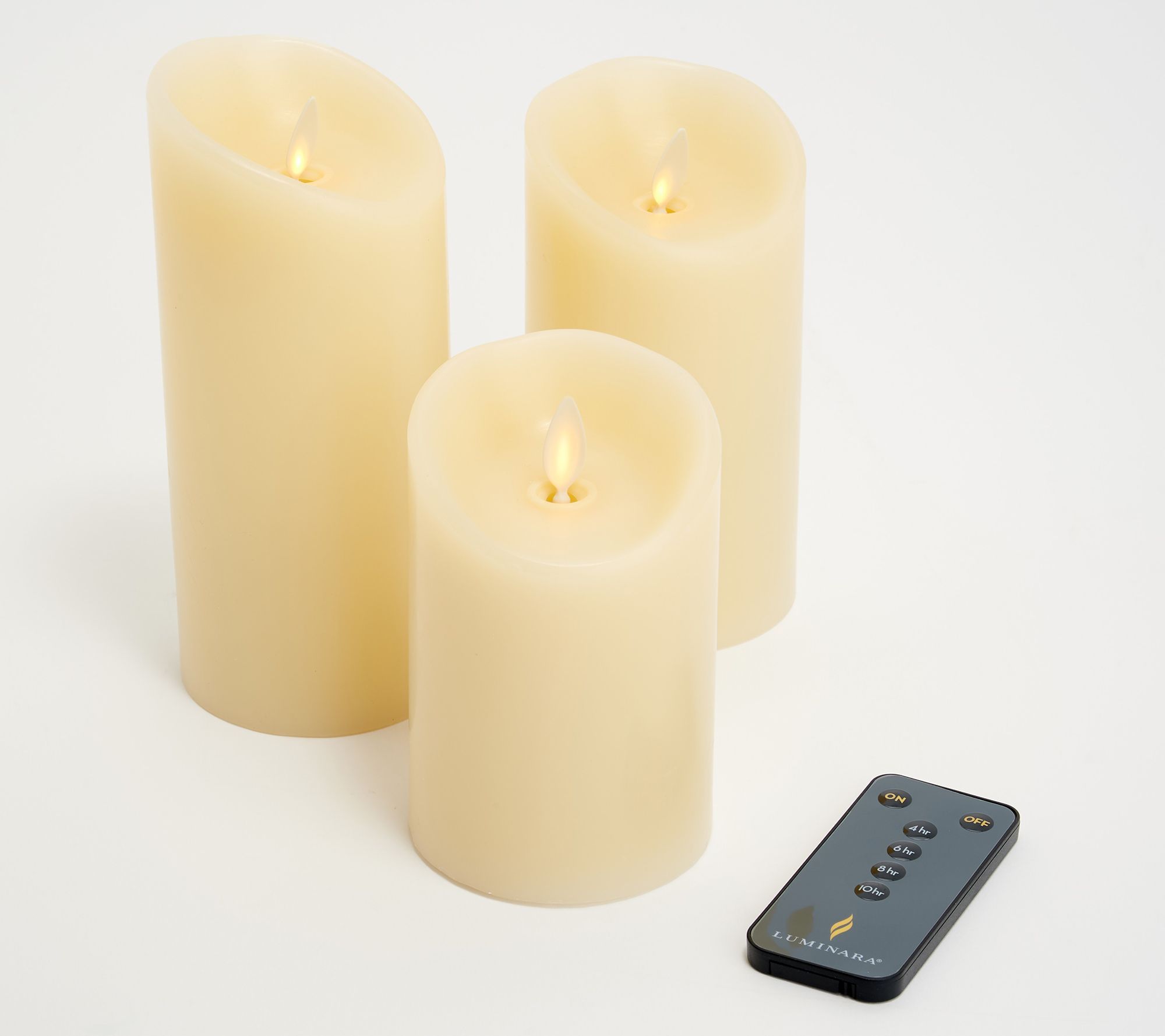

0 thoughts on “Why Do Some Candles Burn Black Smoke”